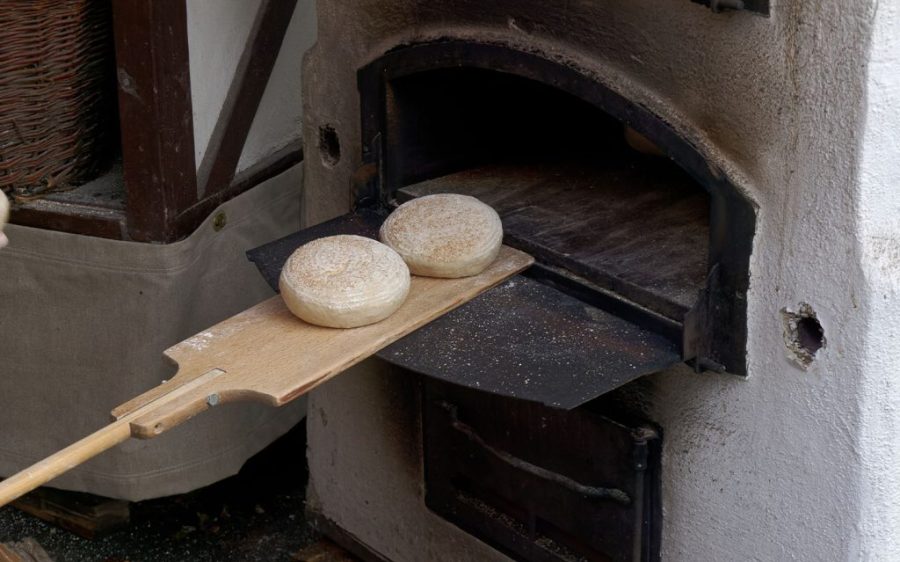An early Bronze Age bread unearthed in central Türkiye is helping fuel a food revolution in the country, reports AFP.
Archaeologists discovered a piece of bread, burned and buried beneath the threshold of a house built more than 5,000 years ago. Any type of bread is a “rare find” on an excavation, but as Murat Turkteki, archaeologist and director of the excavation, told AFP, “This is the oldest baked bread to have come to light during an excavation, and it has largely been able to preserve its shape.” Dubbed Küllüoba bread after the excavation site, the round and flat loaf, 12 centimetres in diameter, was found back in September 2024 and went on display at the Eskisehir Archaeological Museum last Wednesday.
“We were very moved by this discovery. Talking to our excavation director, I wondered if we could reproduce this bread,” Ayse Unluce, the mayor of Eskisehir, recounted to AFP. Turns out, they could – with a few adjustments.
Analyses on the charred Küllüoba bread showed it was made with coarsely ground emmer flour, lentil seeds, and the leaf of an as-yet undetermined plant used as yeast. The emmer used in the original loaf no longer exists, so the municipality opted to use Kavılca wheat, another ancient variety of two-rowed hulled wheat that was on the edge of extinction just a few years ago, as well as bulgur and lentils. The Halk Ekmek bakery began churning out 300 loaves of Küllüoba every day, promoted by the municipality as a low-cost bread, each 300-gram loaf priced at 50 Turkish lira (US$1.28). The first loaves sold out within hours.
[See more: Climate change is cutting into staple crop yields, study finds]
“The combination of ancestral wheat flour, lentils and bulgur results in a rich, satiating, low-gluten, preservative-free bread,” Serap Guler, the bakery’s manager, told AFP. Packed with protein, antioxidants and minerals, Kavılca is a healthier alternative to common wheat varieties and is often better tolerated by people with gluten sensitivities due to its low gluten content. It’s also a good option for farmers, who have struggled in recent years as inflation increases input costs and climate change pushes the once water-rich province into drought.
“We’re facing a climate crisis, but we’re still growing corn and sunflowers, which require a lot of water,” Mayor Unluce reflected. “Our ancestors are teaching us a lesson. Like them, we should be moving towards less thirsty crops.”
She wants to see Kavılca wheat return to the region where it thrived for thousands of years and she’s not the only one. Ardahan University, more than 1,000 kilometres away in eastern Türkiye, is spearheading an effort to revive this ancient wheat.
The university has provided training and support in Kavılca wheat cultivation to nearly 600 farmers over the last four years, according to a press release from Türkiye’s Council on Higher Education. Using flour obtained from the university’s 100-decare test field, the gastronomy and culinary arts department is developing products such as pasta, noodles and bulgur, in order to obtain added value from the wheat.






